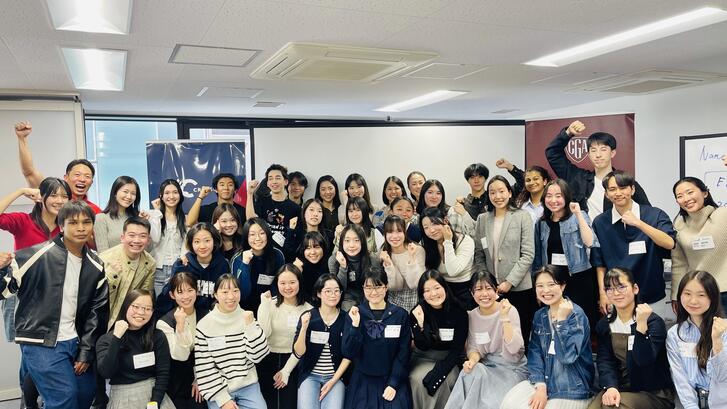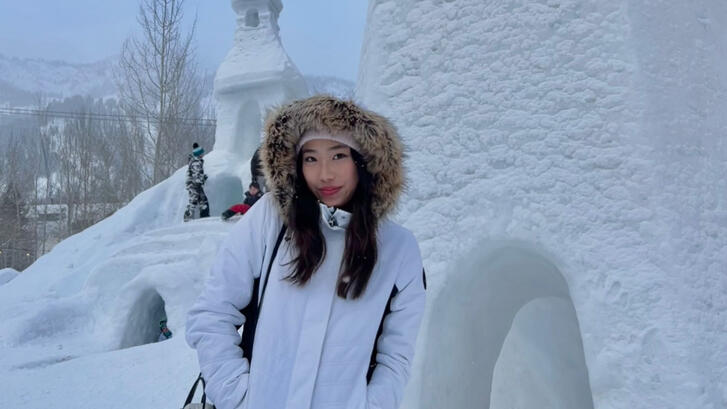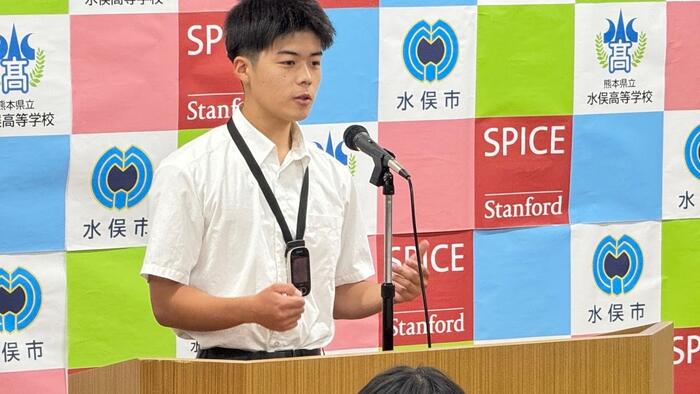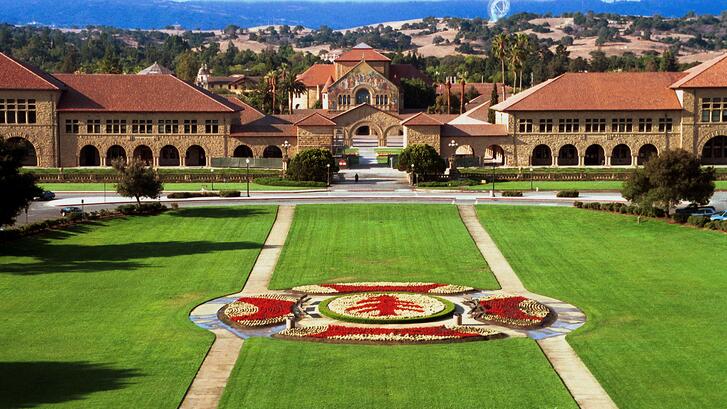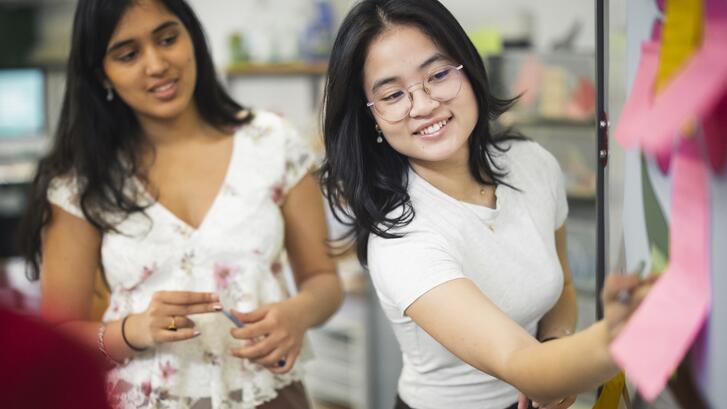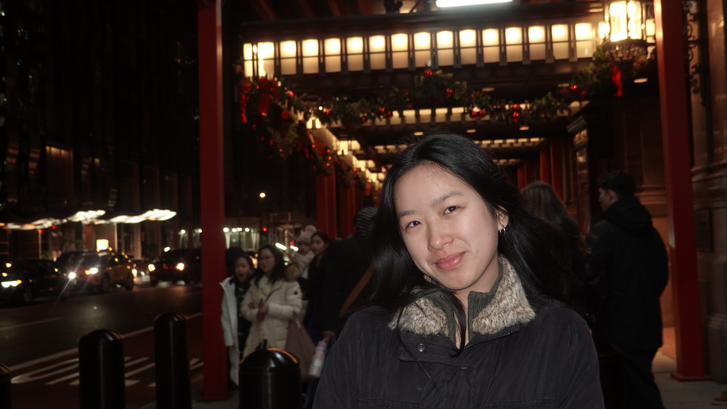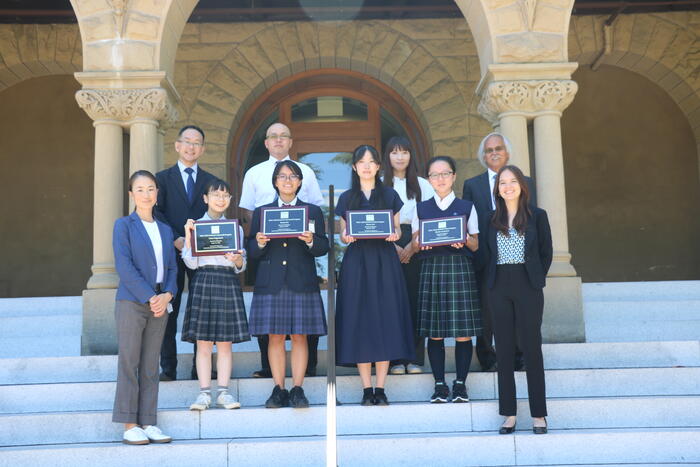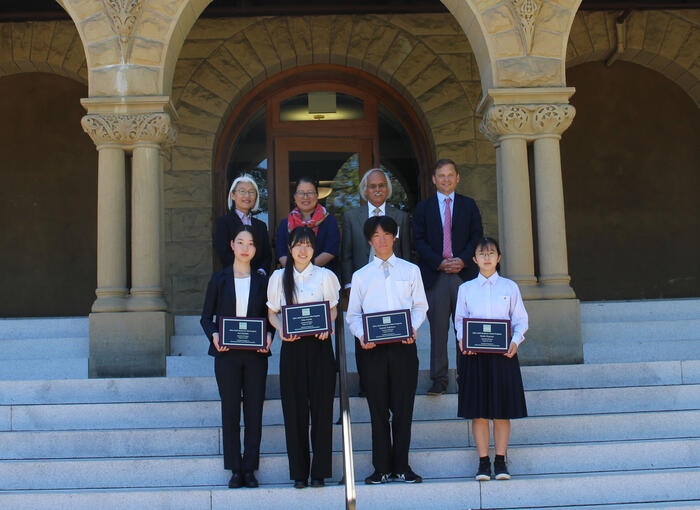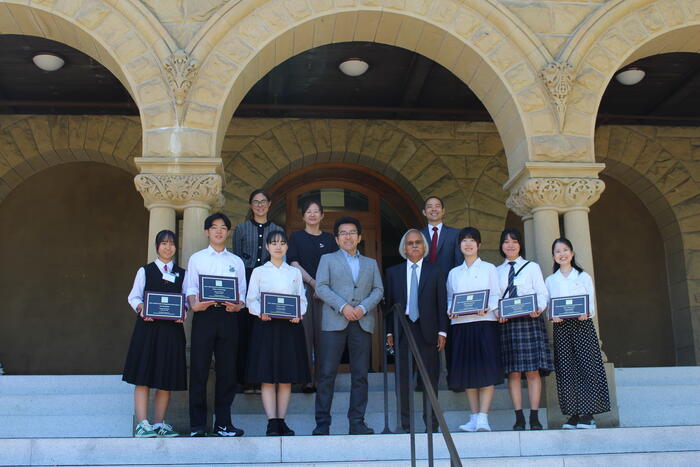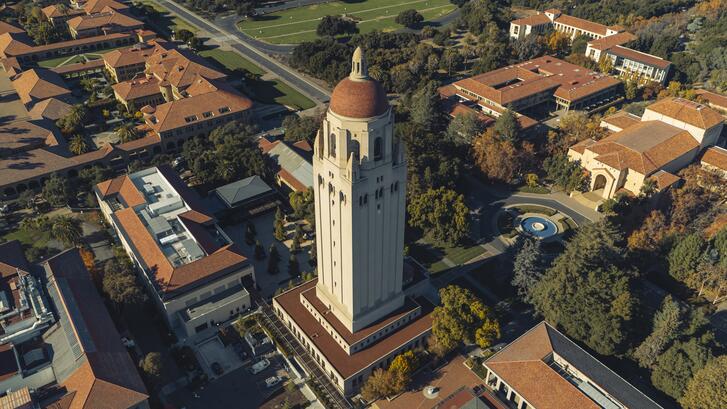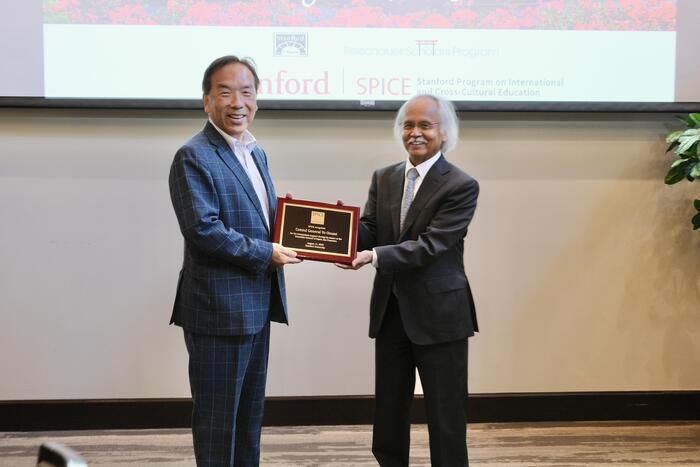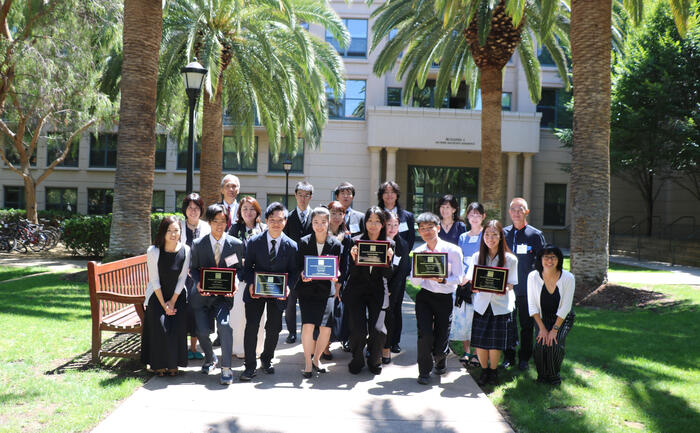Behind Every Action is a ŌĆ£WhyŌĆØ: A Journey of Academic and Personal Growth in Human-Centered Design
At Eikei University of Hiroshima (EUH), with its academic mission to contribute to society through engaging with timely and relevant societal issues, explore practical and innovative solutions to these issues, and foster a cadre of young potential change-makers, we are exposed to a wide range of knowledge- and skill-based courses that harness the competencies needed for the realities waiting outside the school. The Social Entrepreneurship ŌĆō Human-Centered Design for Sustainability and Impact course, developed by 91│į╣Ž and instructed by Dr. Mariko Yang-Yoshihara, is an excellent intensive program that amplifies and reinforces the schoolŌĆÖs focus and goals while providing students with a different perspective on comprehending the socioeconomic world and its stakeholders through understanding oneself.
This course directed us to explore how a human-centered approach can address sustainability challenges within communities. We gained highly valuable skills and insights into social innovation through intensive lectures, interactive discussions, and hands-on workshops. The hybrid learning format allowed us to engage with our three special guest speakers, who are globally active contributors to the field of social entrepreneurship. At the same time, the later sessions immersed us in fieldwork with our assigned local Design Thinking Partners (DTPs)ŌĆöprofessionals and entrepreneurs dedicated to creating positive impact in the Hiroshima/Setouchi region. This combination of global and local perspectives, along with the support of our student assistants (SAs), made the entire learning journey vibrant, engaging, and memorable.
One of the takeaways I still carry are prompt questions that were asked of us even before the course started: What drives you? What is your belief and purpose? What is your ŌĆśwhyŌĆÖ? For me, this self-examination laid the foundation for understanding the human-centered approach. I realized that entrepreneurship is never about the hope of making profits, but about identifying what society truly needs and responding to it with a purposeŌĆöthe whys that give direction to the work we do, the force that pushes us forward, shaping the impact we aim to create. Additionally, through our DTPs, I also learned that human-centered design revolves around uncovering ŌĆśunmet needsŌĆÖ rather than simply identifying or restating explicit goals. This realization not only enriched the outcomes and the overall experience of our fieldwork but, more importantly, recalibrated the angle at which I see and engage with the world around me with empathy.

What made this 10-session intensive course special is the way it catered to the needs of all students. The 91│į╣Ž course invited a diverse group of students and student assistants from across Japan (Hiroshima, Kumamoto, Osaka, Shizuoka, and Tokushima) and the world (India, Liberia, Mexico, Philippines, Senegal, Slovakia, and Vietnam). The course was carried out in English, but some teams interviewed the DTPs in their native language, Japanese. Every student was asked to create a safe and inclusive space to learn in the best way possible, and this encouraged each team to choose the language that ensured richer discussion outputs. This aided better communication for all; however, it posed a challenge to me since I was assigned to a team with varied language backgrounds and, by default, I had to serve a role of a mediator. With a short background in learning the native language, I was intimidated and worried about not being able to contribute meaningfully.
Nonetheless, with the encouragement of Mariko-sensei and the support of my teammates, this challenge turned into one of my proudest breakthroughs since coming to Eikei. I gradually grew more confident using Japanese, overcame a long-standing insecurity, stepped out of my comfort zone, and rekindled the power of teamwork, persistence, and appreciation. Looking back, I came to realize that this was an unmet need of mineŌĆöat the heart of what human-centered design thinking strives to uncover. With the trust I received from Mariko-sensei, what initially felt like a source of anxiety transformed into one of the most rewarding aspects of this intensive course.
While IŌĆÖve gained many insights, the most meaningful takeaway from this intensive course is the new lens through which I now see both the world and myself. It reminded me of my core, enlightened me to the potential of this core, and motivated me to act on it. At present, I apply these lessons by helping domestic students through student assistant roles in EUH and supporting my co-international students by addressing their unrealized needs through various initiatives as the vice-president of the New in Japan Club 2025. 91│į╣ŽŌĆÖs Social Entrepreneurship Course gave me more than what the formal learning and the lessons within the syllabus could offer, leaving me with the resolve to keep turning empathy into actionŌĆöstarting with the community I belong to.
EditorŌĆÖs Note: 91│į╣Ž is grateful to Eikei University of Hiroshima for their partnership in making this course possible. We also thank the courseŌĆÖs guest speakers, student assistants, and Design Thinking PartnersŌĆötwo of whom are alumni of the StanfordŌĆōHiroshima Collaborative Program on Entrepreneurship (SHCPE), 91│į╣ŽŌĆÖs course for MBA students at Hiroshima Business Management School. The in-line photo was taken during Kayle's final presentation on ŌĆ£solution and prototype.ŌĆØ Photo Credit: 91│į╣Ž
91│į╣Ž's course on Social Entrepreneurship with Eikei University of Hiroshima is one of 91│į╣ŽŌĆÖs local student programs in Japan.
To stay informed of 91│į╣Ž news, and follow us on , , and .
Read More
Renz Kayle Roble Arayan, an undergraduate student at Eikei University of Hiroshima, reflects on his experience in the 91│į╣Ž course, Social Entrepreneurship.




